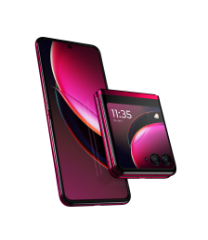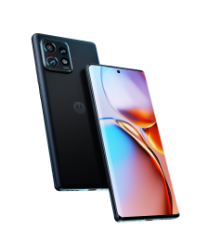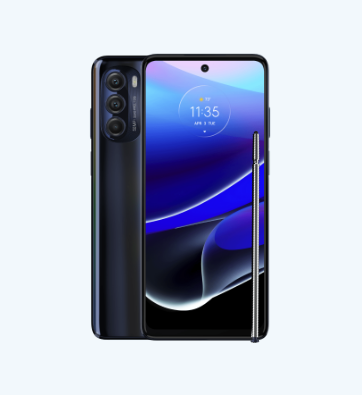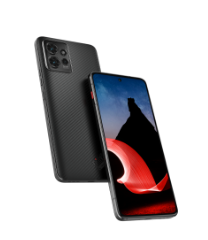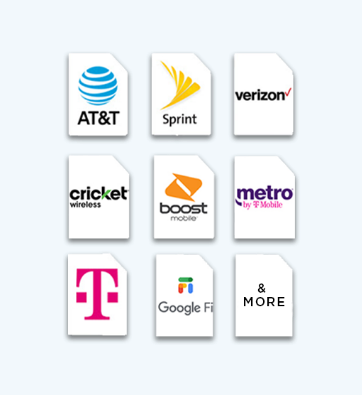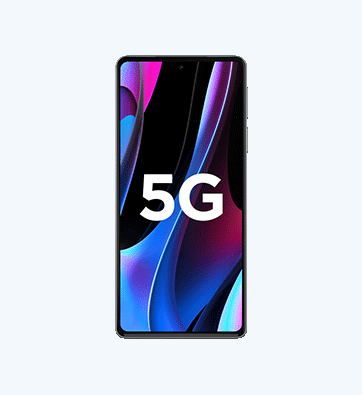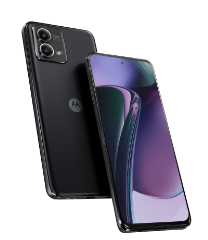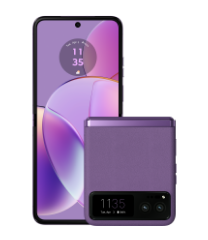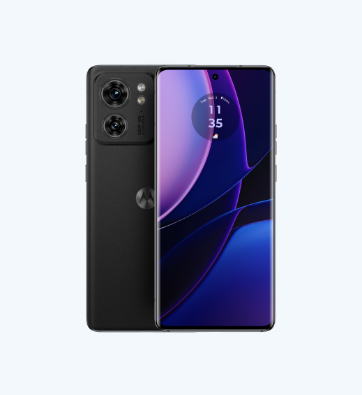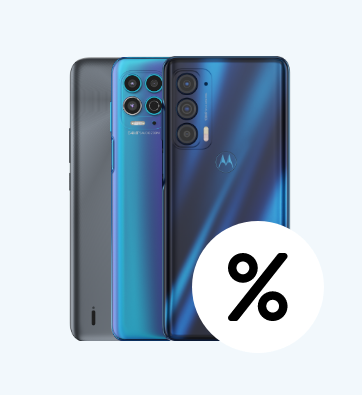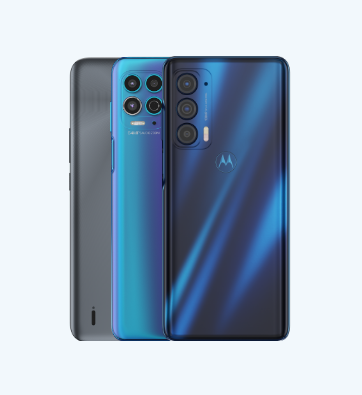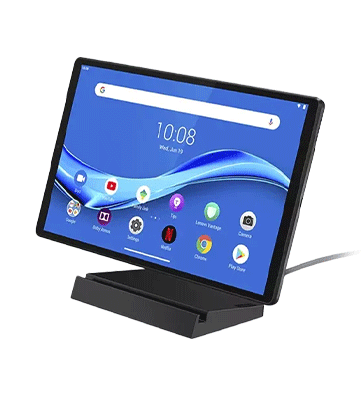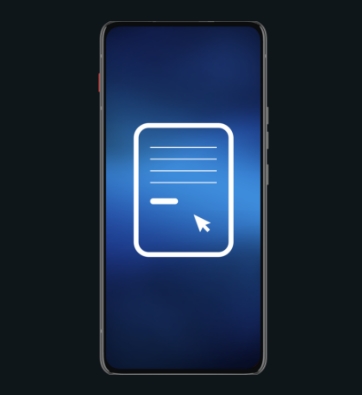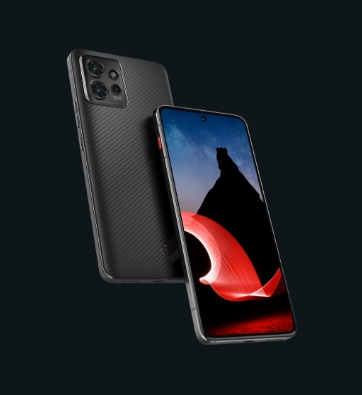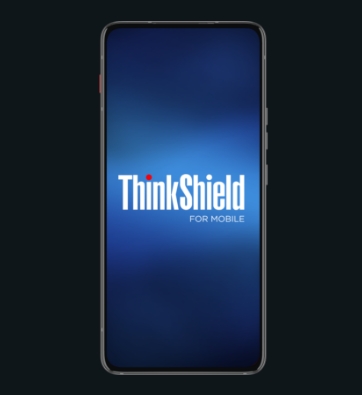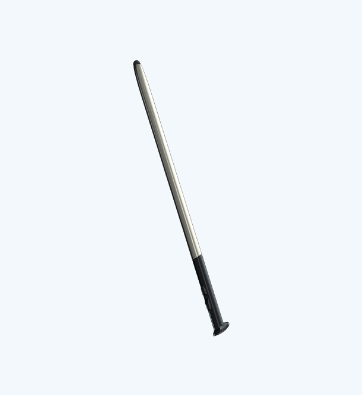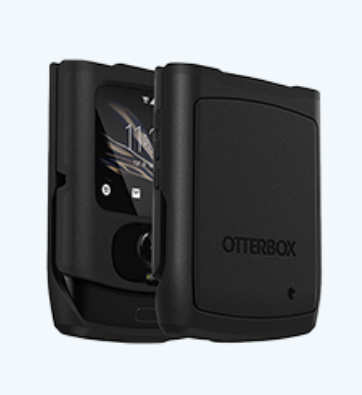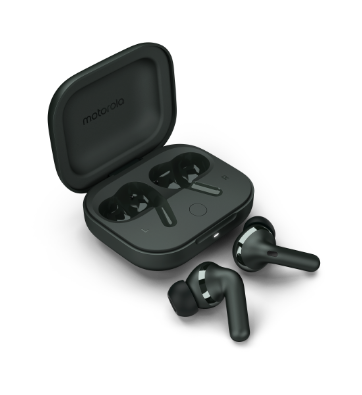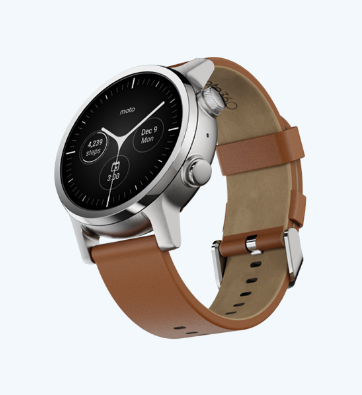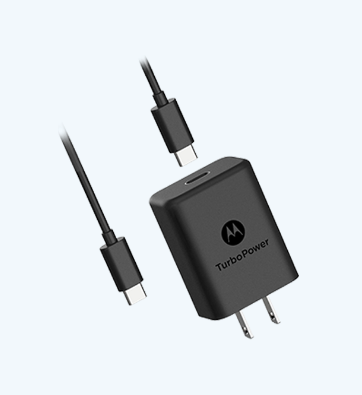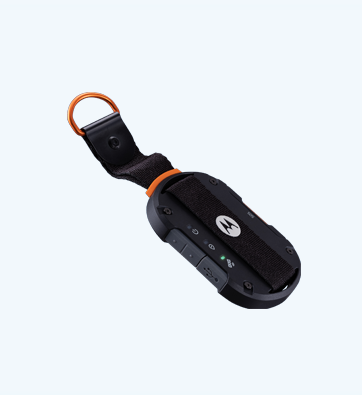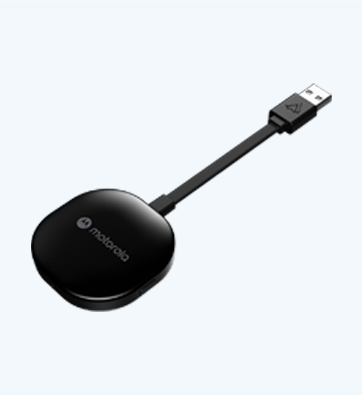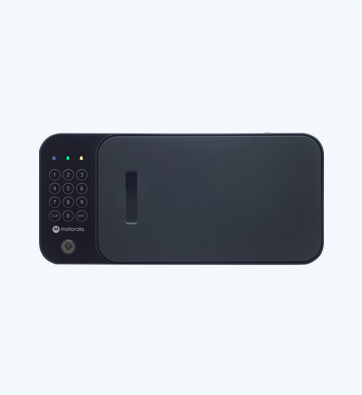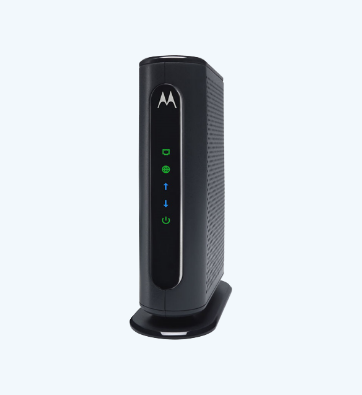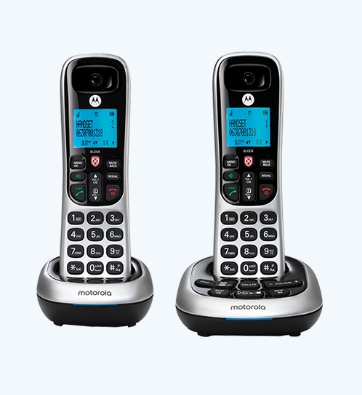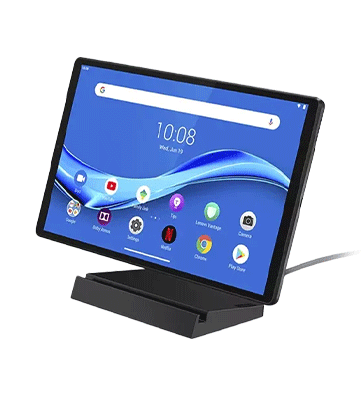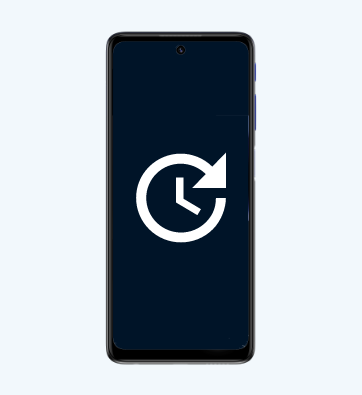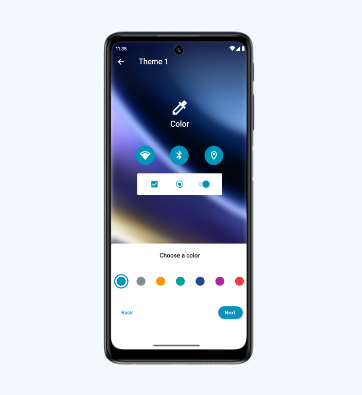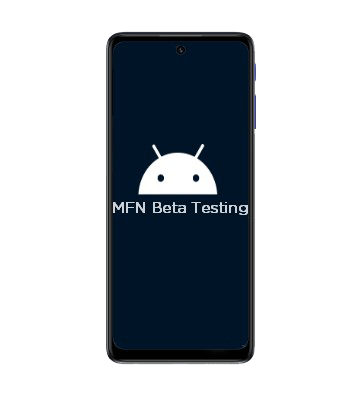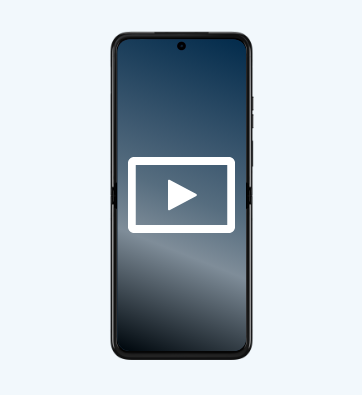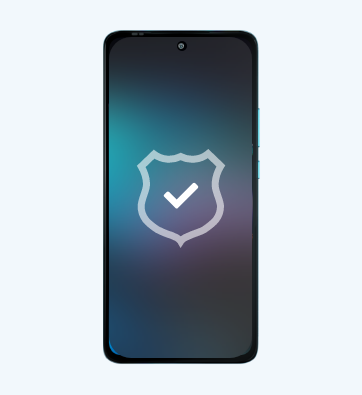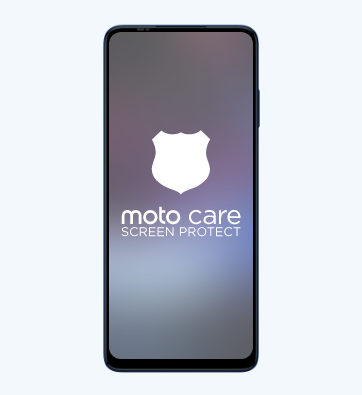Materials Disclosure
Legislation
Our products are distributed worldwide and are affected by a multitude of legislation—both local and global. Driven by growing concern over the effects of hazardous substances on health and the environment, governments in every region have introduced regulations restricting the sale of products containing certain substances. These cover a broad range of products, including electronics. We continually monitor worldwide legislation, laws and regulations related to substances.
Key Regulations
EU RoHS2 Directive:
Restriction of Hazardous Substances in Electrical and Electronic Equipment (2011/65/EU)
The EU RoHS2 Directive came into effect in January 2013. The Directive of the European Parliament and the Council of the European Union provides for the Restriction Of certain Hazardous Substances (RoHS) in electrical and electronic equipment (EEE), as amended by Delegated Directive (EU) 2015/863. Motorola Mobility products have complied with EU RoHS since the inception of the RoHS1 Directive (2002/95/EC), which came into force January 2003. Official EU Commission Guidance Document for RoHS2.
EU REACH Regulation (EC 1907/2006):
Registration, Evaluation, Authorisation and Restriction of Chemicals REACH requires companies involved in manufacturing or importing of chemicals (or products containing chemicals) to collect or generate data on the substances. It is designed to control risks to human health and the environment. Motorola Mobility maintains a list of products in accordance with these requirements.
EU Battery Directive (2006/66/EC)
EU Battery Directive (2006/66/EC) Governing material restrictions, marking, collection and recycling of batteries and accumulators.
China Management Methods (CMM) for Pollution Control of Electronic Information Products
China requires labeling and substance disclosure tables for certain products. Chinese regulators have released a catalog of products that is periodically updated, which identifies the products required to meet hazardous substances limits as well as the recycling requirements in China.
Conflict Minerals Regulations
Motorola Mobility has a comprehensive program in place for tracking and reporting conflict minerals (3T+G) in our products. Please refer to our conflict minerals webpage for further details.
Motorola Mobility meets its material compliance obligations, including those laid down within the above legislation and expects its suppliers to meet their obligations, which include communicating substances of very high concern (under REACH), and full material disclosure in accordance with Motorola procurement policy.
Ozone Depleting Substance Regulations
Materials suppliers to Motorola Mobility are required to certify that products imported into the U.S. do not contain or are not manufactured with processes that use any Class I ozone- depleting chemicals (ODCs).
To learn about this process, please review our Supplier ODC certification form.
Reportable Material Disclosure Specification (W18) Compliance
Motorola Mobility’s Material Disclosure Policy
The W18 specification sets forth our materials disclosure requirements and acceptance criteria for items and materials used in the manufacture and delivery of products to our customers. We have taken a proactive approach and compiled a significant list of substances or substance groups targeted for exclusion, reduction or reporting. That list is divided into three sections:
- Banned substances are not allowed for use in any Motorola product at any level
- Controlled substances are limited for use in manufacturing processes or certain product applications. The use limitations are typically defined by national or international environmental regulations
- Reportable substances are not currently banned or controlled for use, but we have identified the need to understand their use as part of our environmentally conscious design process or for end-of-life management.
W18 Reporting Information Translations
The W18 specification and the Motorola Mobility Green Purchasing training presentation are available in Simplified Chinese:
Our Motorola Mobility Supplier Training contains Chinese translations within all key modules.
Methods of Reporting Material Declaration
Suppliers can submit Material Declarations via any method that meets the IPC 1752A format, but we recommend the Motorola Mobility IPC Creator®. If requested, enable both "editing" and "content" the first time the file is used.
Where to Submit W18 Files
To streamline the W18 approval process, Motorola Mobility requires Material Declaration files to be submitted as XML files to the mailbox wpasubmt@lenovo.com.
Direct general W18 questions to wpasubmt@lenovo.com.
Material Disclosure Resources and Training
Motorola Green Purchasing: W18 and IPC Creator Introduction and Training revision C
A PowerPoint presentation which provides a basic understanding of Compliance as well as an overview of preparing Material Declaration reports
Motorola Mobility WPA Training Material
The material includes the following:
- Understanding the New Request Process
- Submitting Material Declarations
- Using the Motorola Mobility IPC Creator
- Shows users how to create a proper Material Declaration file for different types of Materials
- To be used when a supplier cannot report a substance comprising over 10 percent of a material due to intellectual property concerns.
Questions?
See our FAQ (below).
Always check the Motorola Mobility WPA Training Material for processes to follow. For general W18 questions, please contact the Mobile Devices business at environmentaldata@motorola.com.
Frequently Asked Questions About W18 Reporting
General Questions
- Is this declaration legally binding?
- What does WPA stand for?
- What kind of email notifications will I receive from Motorola Mobility?
Questions About the W18 Reporting Document
- If raw materials of a part are sourced from two suppliers but with measurable differences, how should the material disclosure be made?
- What is the best way to analyze and report a coating film or solder on components?
- If the concentration of one controlled or reportable substance is below the W18 reporting threshold, do suppliers need to report that data?
- If the concentration of a substance is extremely low or can be labeled as "not detected," how should material disclosure be made?
- Are engineering calculations accurate enough for reportable materials testing?
- If an X-ray test returns a "Not detected" result, do suppliers need to use a more accurate method to get an exact concentration?
- Should the presence of a restricted substance in paint (prior to processing) from a supplier be reported on the W18?
- How long do suppliers have to complete W18 compliance and 1752A e-form requests?
- Is the information provided by suppliers in the W18 legally binding?
Questions About File Submissions
- Do Suppliers have to do anything after emailing file submissions?
- Is there a limit to the number of files that can be submitted on one email?
- How can I submit more than 10 files at once on one email?
- What is the largest file size for a Material Declaration that can be accepted by WPA?
- What is the largest file size I can send to the Supporting Materials email addresses?
- Is there a special naming convention for XML file submissions?
- Is there a special naming convention for Zip file submissions?
- What compressed formats are acceptable to WPA? Can I submit a RAR file?
- My email client automatically zips file attachments. Is there anything special we should do?
- How will Suppliers receive XML headers?
- Should Suppliers send an XML or PDF file?
- Must the XML file sent to WPASubmt@lenovo.com be from the supplier contact email address?
- Where should Suppliers send supporting documentation (ie: any correspondence other than XML Material Declaration XML files)?
- Whom should Suppliers contact with issues/problems/errors?
Questions About the Declaration Form
- Is the Motorola Mobility IPC Creator© available free of charge to Suppliers?
- What are Microsoft Excel requirements for the Motorola Mobility IPC Creator©? Will it work for MS Excel 2007/2010?
- Are IPC-1752 Class 6 forms acceptable as long as exemptions are not needed?
- If a Supplier has questions regarding how to to properly fill-out the XML form, who should be contacted for assistance?
- Does the Motorola Mobility IPC Creator© list all CAS numbers?
- How many digits will the Motorola Mobility IPC Creator© form allow? For example, if an ink is only .000001 grams, will the form allow values this small?
- Can a Supplier sign this IPC form on behalf of homogeneous supplier?
- Is Motorola Mobility requesting the Vendors name and part number for subparts?
- What are all these exemption numbers? What laws/regulations require the use of these exemptions?
- Will the W18 substances be updated on a regular schedule or as regulations change? Is it possible for Suppliers to proactively anticipate when new substances may be added?
- Does W18 Exemption 501 (Part contains Nickel, but will not have prolonged contact with skin) apply to side keys?
Questions About Compliance
- Do I understand that CoA (lab tests) are needed for every chemical in a material? Not just the RoHS 6?
- Is ISO14001 a requirement?
- What is a Class-A non homogeneous disclosure?
- Must Suppliers mechanically disjoint color?
- What if the product is laser marked? How would we report that?
- Is NiPdAu plating on part terminal exempted?
- Will Motorola Mobility allow the use of Basic substances such as Acrylic Resin or Epoxy Resin where there is a mixture and no CAS numbers apply to a Basic Substance?
- For non-listed substances, what would be considered supporting information? Would SGS report be acceptable?
- Do lab reports have an expiration date? How long are lab test reports valid?
- What supporting information is needed for a MISC substance, which comprises over 10% of the material content? Does Motorola have a standard format?
- If there is a trade secret ingredient comprising more than 10% of a material, what does Motorola Mobility require? If a Supplier's name is proprietary, must they still fill-in the MISC IP form?
- How is volatile material >10% handled?
- How do I handle >30 % proprietary materials?
Answers:
General Questions
Is this declaration legally binding?
Yes, selection of Accepted in the Motorola Mobility IPC Creator©, forms signifies a legal declaration.
What does WPA stand for?
It stands for Windchill Product Analytics, developed by Product Technology Corporation (PTC).
What kind of email notifications will I receive from Motorola Mobility?
Currently Suppliers only receive email notification if there is an error in their XML file and it cannot be loaded. Additional notifications may be added in the future.
Questions About the W18 Reporting Document
If raw materials of a part are sourced from two suppliers but with measurable differences, how should the material disclosure be made?
The weighted averaging approach is not preferred. First, any substances on the controlled list should be listed in worst case (highest value) among the two raw materials. Then, any substances on the reportable list should be listed in worst case (highest value). Next, adjust remaining non-reportable material of highest value downward as required to achieve measured part mass. This approach most correctly reports worst case for future use and avoids issues with possible noncompliance due to source raw material variations.
What is the best way to analyze and report a coating film or solder on components?
As it is difficult to disjoin and analyze coating and solder from other material, material suppliers should provide us with data on the solder paste or paint as received. But for such materials, the exact chemical composition of the components is different before and after spraying or print application and reflow manufacture. For coating where a carrier or solvent evaporates, you may have to measure thickness with a gauge or cross section and report the actual material left after processing. This may be the same as the percent of solids used in the paint industry. If paint reacts upon curing it should be the cured state that is reported. For solder paste, flux will be gone after reflow so report based on mass and composition of the metals in the alloy. Motorola is not looking for any greater detail than just finished part data, not part manufacturing process data.
If the concentration of one controlled or reportable substance is below the W18 reporting threshold, do suppliers need to report that data?
Section 5.1.2 of the W18 specification requires the reporting of "all controlled and reportable substances with concentrations in excess of the reporting thresholds noted in Appendix A." For example, if the concentration of Chromium VI (Cr VI) compounds in one homogeneous material is 80 parts per million (ppm) and its reporting threshold in Appendix A is 100 ppm, then should the supplier enter "80 ppm"? Or, can they choose to not report the Cr VI since it is below the required reporting threshold? The supplier is not required to report any levels below the reporting thresholds in Appendix A. However, if you do report the data, it will not have any negative effect on the compliance decision.
If the concentration of a substance is extremely low or can be labeled as "not detected," how should material disclosure be made?
In section 5.1.2 of the W18, it states, "Report all controlled and reportable substances with concentrations in excess of the reporting thresholds noted in Appendix A as contained within each homogeneous material." For instance, in one testing report, if the concentration of one substance is less than 2 ppm, it will be labeled as "not detected." How is the material disclosure made in this case? For example, if the presence of chlorofluorocarbons is listed as "not detected," can suppliers fill in the Material Declaration form with "chlorofluorocarbons: 0 ppm"? What if a spot test is done and a trace amount, such as 0.1 ppm, of chlorofluorocarbons is present? Will the supplier be penalized or found noncompliant? Motorola recommends that suppliers do not need to report not-detected substances if the detection limit is low. To date, the not-detected allowable limits have not been defined but technical guidance says that anything less than 10 ppm that is not intentionally added to the material does not have to be reported. A better interpretation of this definition is being discussed. In any case, suppliers should file all test results and document the test methods since these may later provide valuable details.
Are engineering calculations accurate enough for reportable materials testing?
Reportable materials are much less critical because at this time there are not any known legal restrictions against their use. Motorola does not require a supplier to test for all substances on the reportable list at this time. Most parameters should be known by materials properties available to supplier and sub-suppliers and reported by engineering calculation.
If an X-ray test returns a "not detected" result, do suppliers need to use a more accurate method to get an exact concentration?
X-ray fluorescence (XRF) testing is useful in screening for many elements, while engineering knowledge also can help to identify others. International Electrochemical Commission (IEC) standards eg: IEC62321 may be referenced to provide detailed guidance on further analytical testing.
Should the presence of a restricted substance in paint (prior to processing) from a supplier be reported on the W18?
A material safety data sheet (MSDS) obtained from a paint supplier indicates the presence of a restricted substance that exceeds Motorola's reporting threshold. The paint, prior to spray application onto a plastic substrate, contains 2.1 percent of Ethylene Glycol Monomethyl Ether and its acetate. This exceeds the Motorola reportable limit of 5 ppm. According to W18 specifications, process chemicals and other substances that do not remain with the part received by Motorola should not be included. Often, the solvents in paint evaporate during processing and no longer remain in the paint film. So, if the substances have completely evaporated from the coating during processing, these chemicals do not have to be reported to Motorola. However, if tests of the finished part show the restricted substance is still present in the coating in an amount at or above the reportable level for that chemical, then it should be reported.
How long do suppliers have to complete W18 compliance and 1752A e-form requests?
When a Supplier Part Request is received from Motorola Mobility, there will be a specified due date in the request. Unless specified, the Material Declaration is due within two weeks.
Is the information provided by suppliers in the W18 legally binding?
When certified and exported, the W18 file is a legal document. Motorola relies upon the information provided by suppliers in order to ensure compliance with regulatory and voluntary commitments.
Questions About File Submissions
Do Suppliers have to do anything after emailing file submissions?
No. The Motorola Mobility WPASubmt@lenovo.com email box is fully automated. This is why it is so important to follow the naming conventions covered by the Motorola Mobility training material under the Submitting Material Declarations section. Actions do need to be taken if an email failure notice is provided by Motorola Mobility.
Is there a limit to the number of files that can be submitted on one email?
Yes. Up to 10 Material Declaration files can be submitted on one email in uncompressed format.
How can I submit more than 10 files at once on one email?
To submit more than 10 files on one email, they can be compressed to a Zip file. Note that all Zip files must end with the extension “zip” to be acceptable, and MUST have 1752 in the zip file name!
What is the largest file size for a Material Declaration that can be accepted by WPA?
The largest single sized file is 5 MB. Note that XML files are substantially smaller than CXS files, and we have never seen a file close to this size.
What is the largest file size I can send to the Supporting Materials email addresses?
Motorola Mobility recommends limiting the combined attachment size to 10MB. If the total of all attachments is larger than 10MB, please split them into more than one email.
Is there a special naming convention for XML file submissions?
Yes – the Motorola Mobility training material provides detailed information under the Submitting Material Declarations section. Remember, all files related to an email sent to WPASubmt@lenovo.com must have 1752 and either Home or MD in the title. Otherwise, the Material Declaration will not be loaded into WPA. Detailed information is available in the Motorola Mobility training material under Submitting Material Declarations.
Is there a special naming convention for Zip file submissions?
Yes – the Motorola Mobility training material provides detailed information under the Submitting Material Declarations section. If a Zip file is related to an email sent to WPASubmt@lenovo.com, that Zip file must have 1752 in the file name. Detailed information is available in the Motorola Mobility training material under Submitting Material Declarations.
What compressed formats are acceptable to WPA? Can I submit a RAR file?
No. WPA will not accept a RAR file. The only file compression allowed is Zip format.
My email client automatically zips file attachments. Is there anything special we should do?
Yes – since the files related to the submission email sent to WPASubmt@lenovo.com must contain 1752 in the file name, files should be zipped prior to sending the email. Please ensure that the zip file contains 1752 in the file name.
How will Suppliers receive XML headers?
The XML header(s) will be sent with the request email. If Suppliers elect to utilize the Motorola Mobility IPC Creator©, a click of a button will load all header information in the tool.
Should Suppliers send an XML or PDF file?
Material Declarations should be sent in XML format. The IPC creator output is an XML file, and should be submitted to the email address WPASubmt@lenovo.com.
Must the XML file sent to WPASubmt@lenovo.com be from the supplier contact email address?
No. The email can be sent from any address, but the Supplier Contact specified in the email address should be from the individual who completed the Material Declaration. This will allow Motorola Mobility to contact the appropriate person in case of any issues.
Where should Suppliers send supporting documentation (ie: any correspondence other than XML Material Declaration XML files)?
The WPA email (WPASubmt@lenovo.com) is automated and will only process XML files – all other attachments and text will be ignored. Supporting documentation (and any other correspondence) must be sent to environmentaldata@motorola.com.
Whom should Suppliers contact with issues/problems/errors?
You can always contact the EDM team if you already are in contact with a team member. If not, send an email to environmentaldata@motorola.com.
Questions About the Declaration Form
Is the Motorola Mobility IPC Creator© available free of charge to Suppliers?
Yes. The latest version of the Creator tool is available for download.
What are Microsoft Excel requirements for the Motorola Mobility IPC Creator©? Will it work for MS Excel 2007/2010?
MS Excel 2003, service pack 3 or later. It will work with MS Excel 2007 and 2010.
Are IPC-1752 Class 6 forms acceptable as long as exemptions are not needed?
Yes, IPC-1752 class 5 or 6 are acceptable. In these cases the exemptions would be recognized but not valid for the system.
If a Supplier has questions regarding how to properly fill-out the XML form, who should be contacted for assistance?
If already working with an EDM team member, they can be contacted directly. If not, send an email to environmentaldata@motorola.com.
Does the Motorola Mobility IPC Creator© list all CAS numbers?
We are providing the Motorola Mobility CAS Number Tool to allow easy lookup by CAS# or Substance name. This tool can also be downloaded from the Material Disclosure website.
How many digits will the Motorola Mobility IPC Creator© form allow? For example, if an ink is only .000001 grams, will the form allow values this small?
The Creator tool allows 12 digits after the decimal point. In addition, units of milligrams are available in the tool.
Can a Supplier sign this IPC form on behalf of an homogeneous supplier?
No, the supplier does not have enough information to do that. The IPC form must be signed by the original manufacturer.
Is Motorola Mobility requesting the Vendors name and part number for subparts?
No, just the subpart name, by whatever name the Supplier identifies it. Refer to subpart naming conventions for ODM products in the training material.
What are all these exemption numbers? We have not seen anything like this previously. What laws/regulations require the use of these exemptions?
The training material on the Material Disclosure website provides both guidelines and detailed instruction on how to apply exemptions. These exemptions allow us to use Controlled Substances under very specific guidelines.
Will the W18 substances be updated on a regular schedule or as regulations change? Is it possible for Suppliers to proactively anticipate when new substances may be added?
The Motorola Mobility specific W18 gets updated periodically driven by regulations, customer requirements, and “Green” initiatives.
Does W18 Exemption 501 (Part contains Nickel, but will not have prolonged contact with skin) apply to side keys?
The exemption that would apply in this case is 506 (Part contains Nickel and could have prolonged contact with skin but the manufacturer certifies it meets EN1811, per 76/769/ EEC and 94/27/EC), however, documentation of materials complying with the standard is needed.
Questions About Compliance
Do I understand that CoA (lab tests) are needed for every chemical in a material? Not just the RoHS 6?
If you know the material content, no lab tests are required. If not, lab tests need to include W18 substances analysis.
Is ISO14001 a requirement?
It is highly recommended, but is not required.
What is a Class A non-homogeneous disclosure?
It is a rarely used disclosure type which requires Motorola Mobility business compliance team authorization to use.
Must Suppliers mechanically disjoint color?
Material should be homogenous (uniform), if the colorant is part of the material, then it is correct to declare it as a pigment in the material. But if the color is a layer, then it must be declared separately.
What if the product is laser marked? How would we report that?
As the laser marking involves no material additions, you do not have to include it in declaration. You may be contacted by the EDM team for clarification.
Is NiPdAu plating on part terminal exempted?
All materials containing Nickel be evaluated for Nickel ion release per the Motorola 1202897W18 specification.
Will Motorola Mobility allow the use of Basic substances such as Acrylic Resin or Epoxy Resin where there is a mixture and no CAS numbers apply to a Basic Substance?
The system does allow usage of IMDS substances, but we do not recommend it.
For non-listed substances, what would be considered supporting information? Would SGS report be acceptable?
An example of supporting doc is the MSDS. SGS reports would need to cover all W18 substances to be considered acceptable.
Do lab reports have an expiration date? How long are lab test reports valid?
Test lab reports remain valid as long as there is no change in the composition of the materials being reported on.
What supporting information is needed for a MISC substance, which comprises over 10% of the material content? Does Motorola have a standard format?
A MISC IP Form, located on the Materials Disclosure website, is generally required. MSDS’s and similar documents may also be acceptable, pending Motorola Mobility approval.
If there is a trade secret ingredient comprising more than 10% of a material, what does Motorola Mobility require? If a Supplier's name is proprietary, must they still fill-in the MISC IP form?
Whenever a supplier cannot report a substance comprising over 10 percent of a material due to intellectual property concerns, a MISC IP form must be utilized. It is necessary to provide the original manufacturer name and supporting documentation which must assure compliance with W18. This can be through MSDS or IP form. The MISC IP Form is available on the Materials Disclosure website. The substance must be declared as Substance Name = "MISC., NOT TO DECLARE" and CAS# = "SYSTEM".
If the Supplier name is proprietary, a blackened out MSDS form may be acceptable, pending Motorola Mobility approval.
How is volatile material >10% handled?
Materials declaration should only include what it is delivered to Motorola Mobility; therefore you’ll need to adjust percentages of substances in the list according to your manufacturing process. Typically, volatile substances are not part of the final part/ product delivered to Motorola Mobility. Volatile substances currently tracked by Motorola Mobility are identified in the Motorola Mobility CAS Tool.
How do I handle >30 % proprietary materials?
Any Material containing >10% proprietary (undeclared) data requires a confirmation that no banned, controlled substances, or reportable substances are being used. Supporting documentation must be provided.
